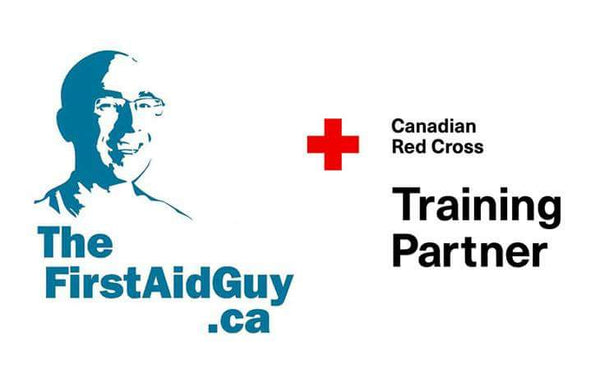How to perform CPR: A step-by-step guide
Share
Cardiopulmonary resuscitation (CPR) is a life-saving technique that can help restore blood flow and oxygen to the brain and other vital organs during cardiac arrest. Knowing how to perform CPR can make a difference in an emergency situation. In this blog post, we will provide a step-by-step guide on how to perform CPR.
Step 1: Check for responsiveness
The first step in performing CPR is to check for responsiveness. Approach the victim and shout, "Are you okay?" If the victim does not respond, call 911 or your local emergency number immediately.
Step 2: Open the airway
After calling for help, open the victim's airway by tilting their head back with one hand while lifting their chin with the other hand. This will help clear the airway and allow for better breathing.
Step 3: Check for breathing
Place your ear close to the victim's mouth and nose and listen for breathing. Look for chest movement to confirm breathing. If the victim is not breathing, begin CPR immediately.
Step 4: Perform chest compressions
Place the heel of one hand on the center of the victim's chest and place the other hand on top of the first hand. Begin compressing the chest at a rate of 100 to 120 compressions per minute. Push down on the chest about two inches with each compression. Allow the chest to fully recoil between compressions.
Step 5: Provide rescue breaths
After 30 compressions, provide two rescue breaths. Pinch the victim's nose shut and place your mouth over their mouth to provide a seal. Give two full breaths and watch for the chest to rise with each breath.
Step 6: Repeat cycles of compressions and breaths
Continue performing cycles of 30 compressions followed by two breaths until help arrives or the victim begins breathing on their own.
In conclusion, performing CPR can save lives in an emergency situation. Remember to check for responsiveness, open the airway, check for breathing, perform chest compressions, provide rescue breaths, and repeat cycles of compressions and breaths until help arrives. Taking a CPR course can also help you gain the knowledge and skills needed to perform CPR correctly. You can register for a course at TheFirstAidGuy.ca
